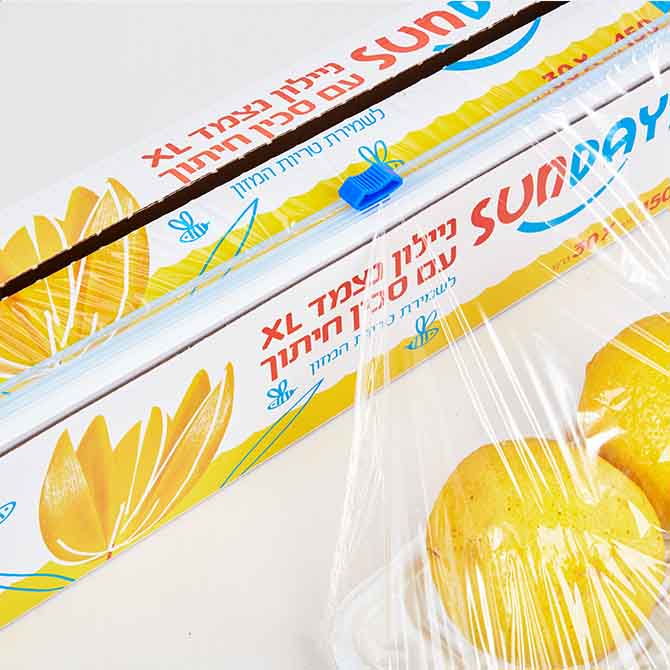We are committed to food packaging PVC cling film, PE cling film,stretch wrap, aluminum foil and other disposal food packing film/foil.

Language
>Polyethylene (PE) plastic film is a material widely used for packaging and covering, with excellent transparency, chemical resistance and plasticity. Its production process usually goes through the following key steps:

1. Raw material preparation:
The preparation of PE plastic film uses polyethylene particles as raw materials. These particles are typically produced through ethylene polymerization or other related chemical processes. The selection and quality of raw materials are critical to the performance and use of the final film.
2. Melt extrusion:
First, the polyethylene pellets are heated to a high temperature so that they become molten. Next, the molten polyethylene is extruded through an extruder through a screw extrusion head to form a film sheet. Temperature, pressure and extrusion speed during the extrusion process all affect film thickness and properties.
3. Cooling and solidification:
The extruded polyethylene film enters the cooling roller or cooling air flow, where it is rapidly cooled and solidified. This contributes to the shape stability and physical properties of the film.
4. Cutting and finishing:
The cooled and solidified film is fed into the cutting machine and cut to a certain size according to requirements. After cutting, the film may need to be sorted and rolled for subsequent packaging and use.
5. Additive treatment:
During the production process, some special additives can be added to polyethylene, such as antistatic agents, anti-aging agents, etc., to improve the special properties of the film and adapt to different packaging needs.
6. Printing and finalizing (optional):
In order to meet market demand, some PE plastic films may need to be printed to add trademarks, text or patterns. Styling processes can also be used to change the appearance and feel of the film or to add special features.
7. Testing and quality control:
At every stage of production, quality testing is required to ensure that the film meets relevant standards and specifications. This includes testing of key indicators such as thickness, transparency, and tensile properties.
Optimization and refinement of the PE plastic film production process are crucial to improving production efficiency, reducing costs, and improving product quality. With the development of science and technology, new processes and material technologies continue to emerge, providing more possibilities for the preparation of PE plastic films. These innovations will further promote the widespread application of PE plastic films in the packaging and covering fields.